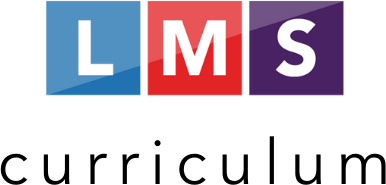Mexican American Disambiguation
by José Olivarez

Photo by Davon Clark
Writing Workshop
Workshop Title: Identity
Step 1
Click on the embedded link to take you to the definition of “disambiguation.” The definition asserts that disambiguation is “a good thing.” Ask your students, “Are there times when it is not a good thing?” Then discuss.
Step 2
Watch José Olivarez’s poem “Mexican American Disambiguation.” When the poem is done, briefly discuss how the poet feels about his – and his family’s – identity.
Step 3
Have the students brainstorm the ways in which they are labeled by different groups of people. Then have them jot down why they think they’re being labeled those ways and how those labels make them feel about themselves.
Step 4
Have the students write a poem in a style similar to Olivarez’s “Mexican American Disambiguation” in which they discuss the label they’re often stamped with and the different feelings they hold because of it.
Step 5
When the students are done, have them share their responses with one another.
Analytical Lesson
Area of Focus: Structure (Syntax)
Step 1
If your students are not aware of how the “structure’ of a poem affects its meaning – particularly the syntactical elements – review the introductory lesson.
Step 2
Click on the following link to take you to the definition of “disambiguation.” The definition asserts that disambiguation is “a good thing.” Ask your students, “Are there times when it is not a good thing?” Discuss.
Step 3
Project the alphabetized text of the poem. Discuss what stands out, what patterns they see. The students should, in theory, identify that he uses certain words and phrases over and over. Then have the students predict how the repetition of such words may contribute to a poem that challenges the idea of “disambiguation” in regards to one’s ethnicity and culture.
Step 4
Watch José Olivarez’s performance of his poem “Mexican American Disambiguation.” As your students are watching, have them pay particular attention to how the repetition of those words and phrases relate to the poet’s larger message about the link between disambiguation and identity. When the poem is done, briefly discuss. There is profanity in the poem, so please be aware.
Step 5
Have the students analyze how the syntactical structures in the poem contribute to the speaker’s feelings toward “disambiguation” and identity. The students may work in the following document. Directions are provided at the top of the page.
Step 6
When the students are done – and if time permits – show them the exemplar essay.
Essay Materials
Lesson Details
Lesson Info
Focus
- Structure (Syntax)
Themes
- Community / Culture
- Family
- History
- Immigration
- International
- Race / Ethnicity / Racism
Literary Tags
- Diction
- Selection of Detail
- Structure (Syntax)
